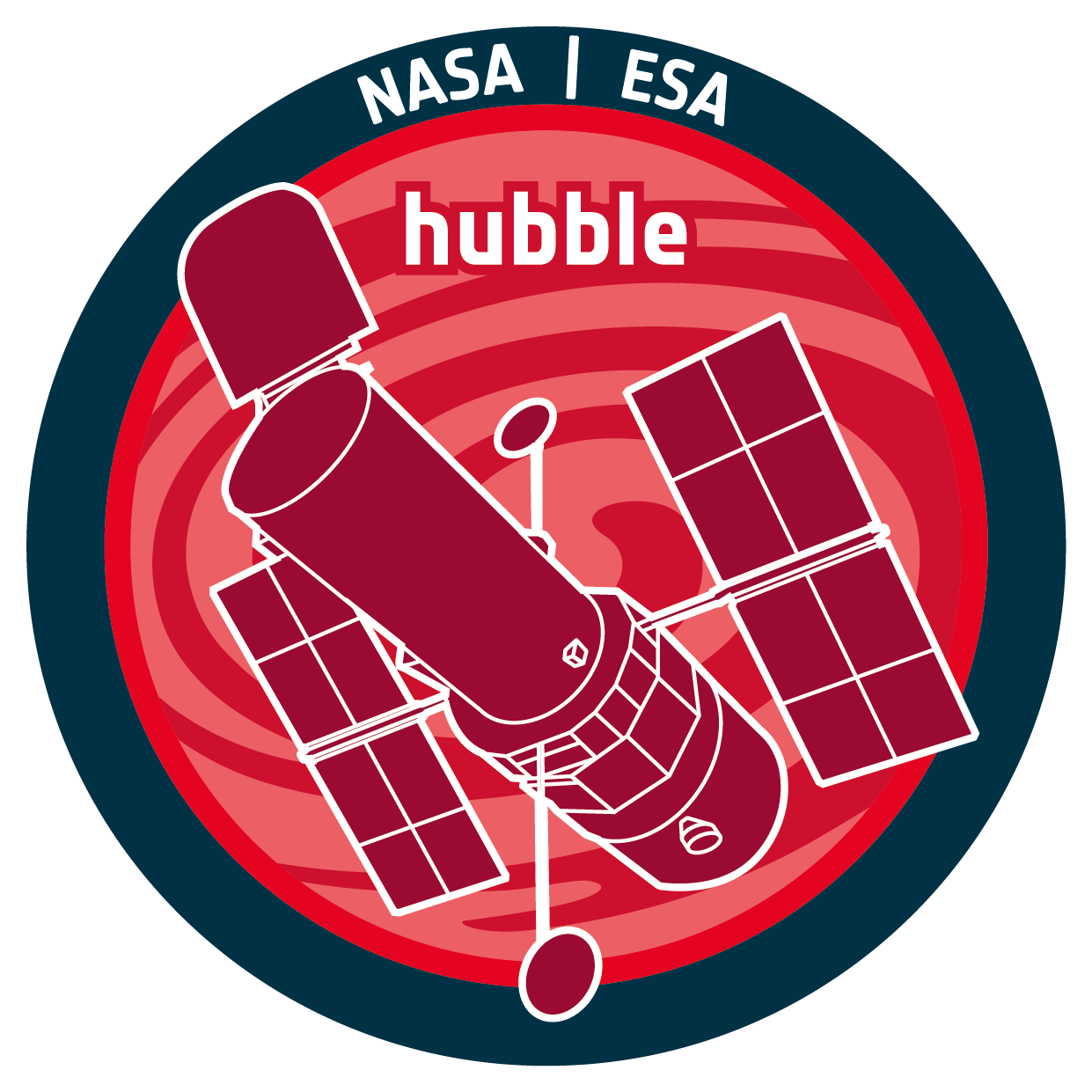Name
13286
Title
Understanding the Progenitor Systems, Explosion Mechanisms, and Cosmological Utility of Type Ia Supernovae
URL
https://hst.esac.esa.int/ehst/#/pages/search;proposal=13286;TAPCLIENT=DOI
DOI
https://doi.org/10.5270/esa-paud89o
Author
Foley, Ryan
Description
This is a scientific proposal for HST mission. For specific information please visit https://archive.stsci.edu/proposal_search.php?id=13286&mission=hst
Publication
500 days of SN 2013dy: spectra and photometry from the ultraviolet to the infrared Extensive HST ultraviolet spectra and multiwavelength observations of SN 2014J in M82 indicate reddening and circumstellar scattering by typical dust Investigating the diversity of Type Ia supernova spectra with the open-source relational data base KAEPORA Optical and NIR observations of the nearby type Ia supernova SN 2014J Swift UVOT grism observations of nearby Type Ia supernovae - II. Probing the progenitor metallicity of SNe Ia with ultraviolet spectra Swift UVOT grism observations of nearby Type Ia supernovae - I. Observations and data reduction The impact of satellite trails on Hubble Space Telescope observations Ultraviolet diversity of Type Ia Supernovae
Instrument
STIS, STIS/CCD, STIS/NUV-MAMA, WFC3, WFC3/IR, WFC3/UVIS
Temporal Coverage
2013-07-21T11:19:16Z/2014-02-26T05:08:43Z
Version
1.0
Mission Description
Launched in 1990, the NASA/ESA Hubble Space Telescope remains the premier UV and visible light telescope in orbit. With well over 1.6 million observations from 10 different scientific instruments, the ESA Hubble Science Archive is a treasure trove of astronomical data to be exploited.
Creator Contact
https://support.cosmos.esa.int/esdc/index.php?/Tickets/Submit
Date Published
2015-02-26T08:28:37Z
Last Update
2025-01-25
Keywords
Hubble, HST, HLA, HCV, ACS, COS, STIS, WFC3, FOC, FOS, HRS, NICMOS, WFPC, WFPC2
Publisher And Registrant
European Space Agency
Credit Guidelines
European Space Agency, Foley et al., 2015, 'Understanding the Progenitor Systems, Explosion Mechanisms, and Cosmological Utility of Type Ia Supernovae', 1.0, European Space Agency, https://doi.org/10.5270/esa-paud89o Copy Example

